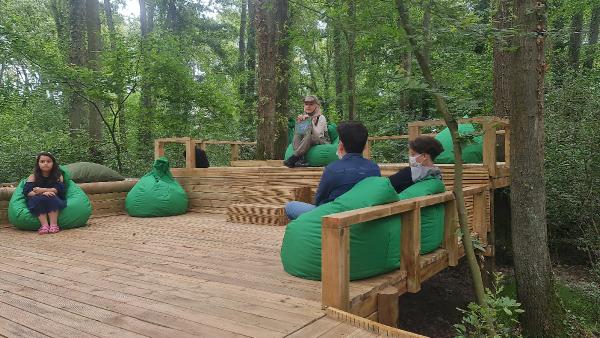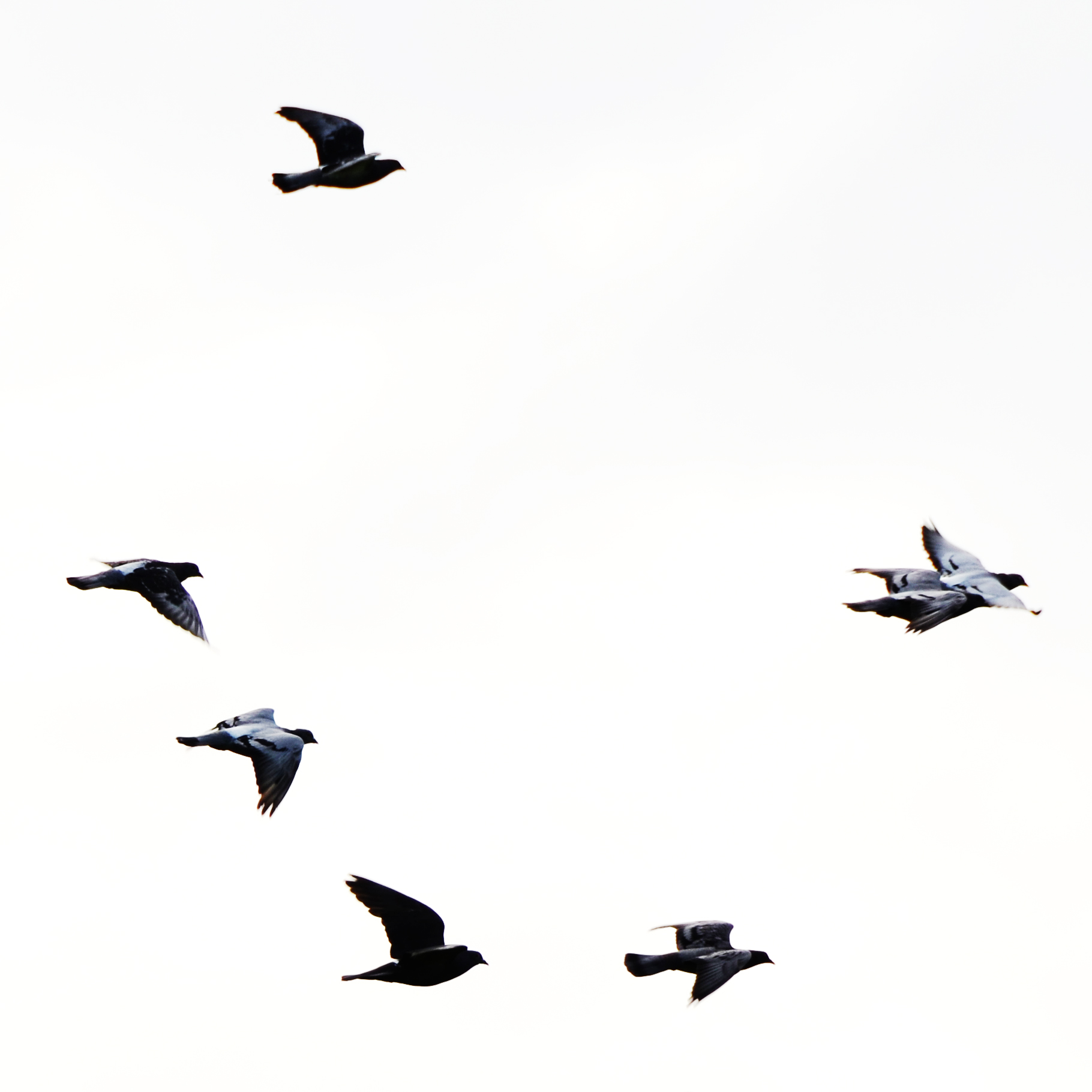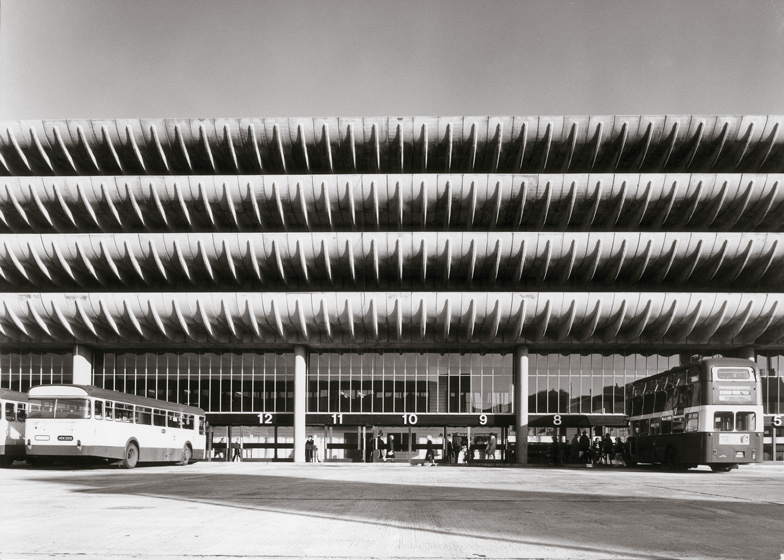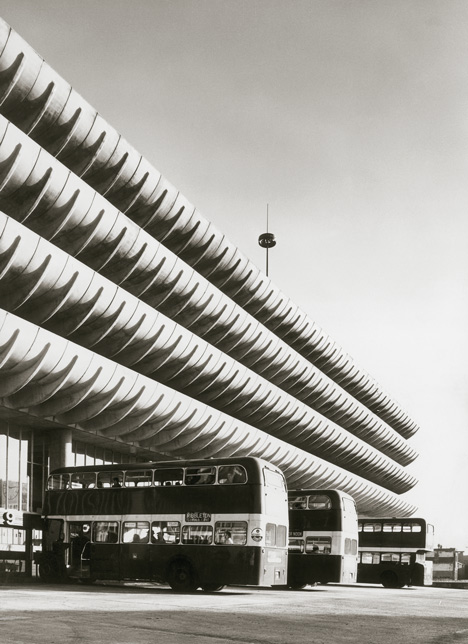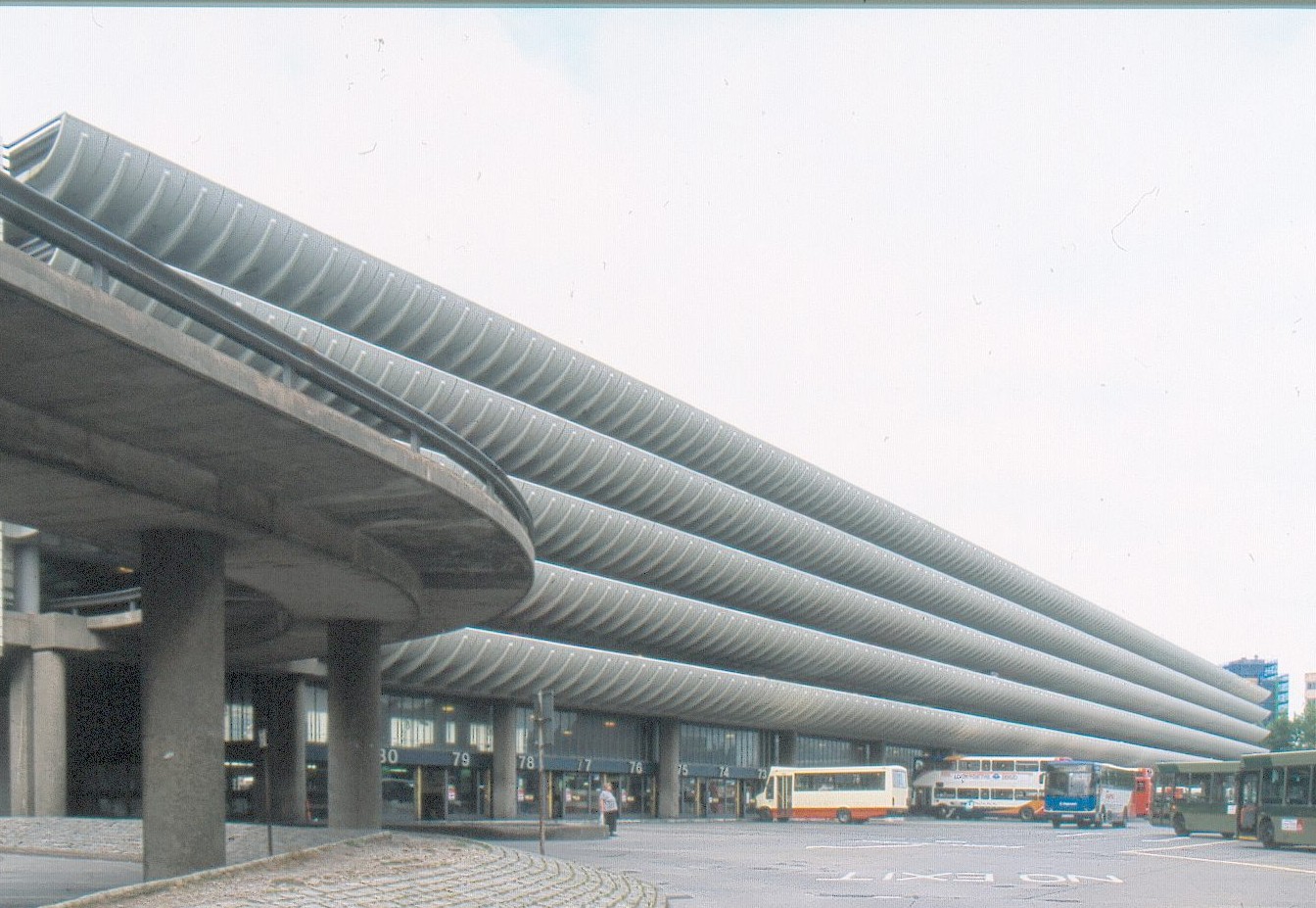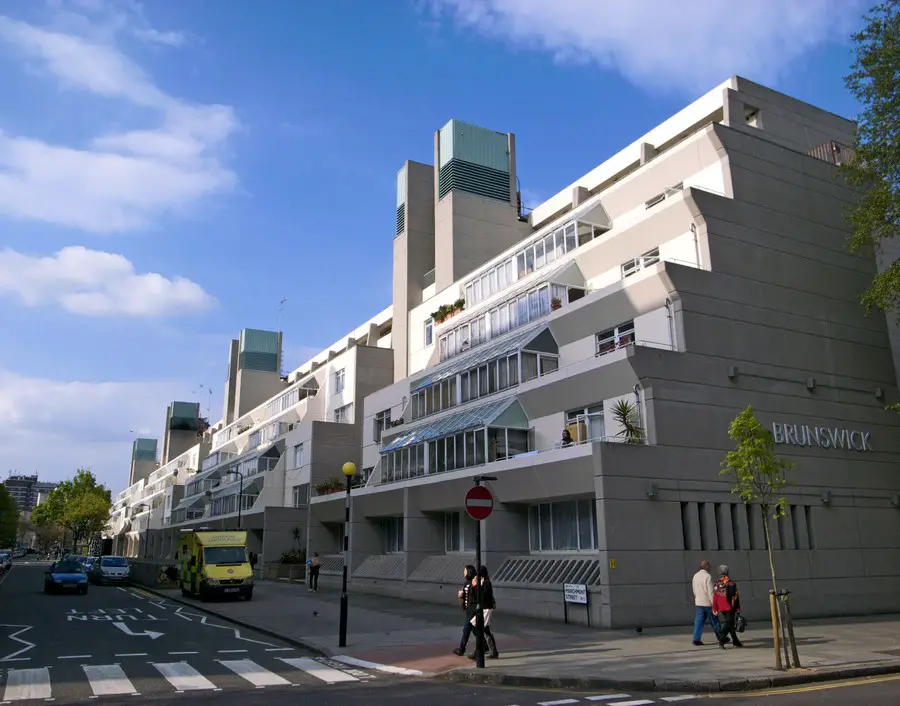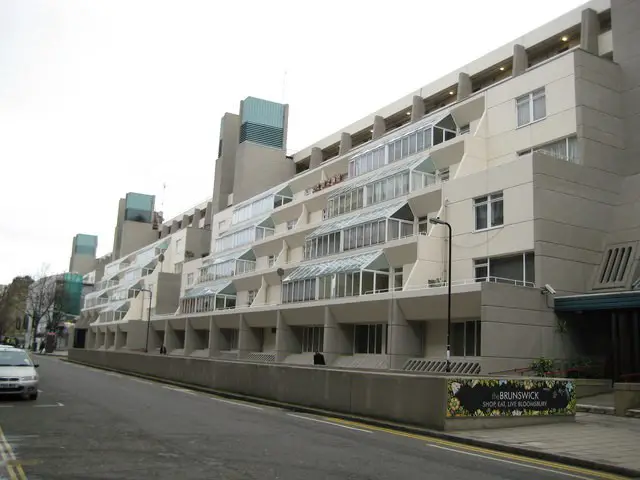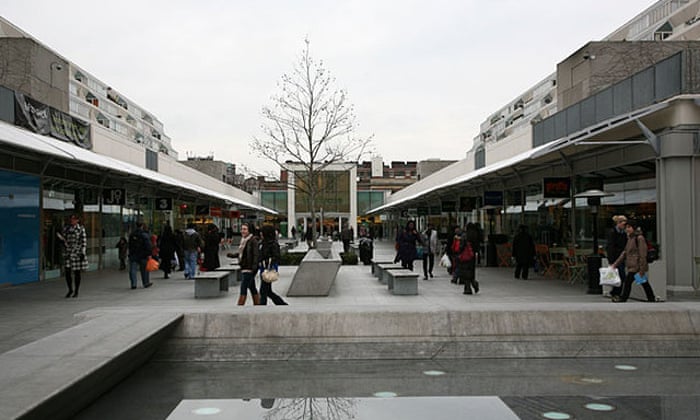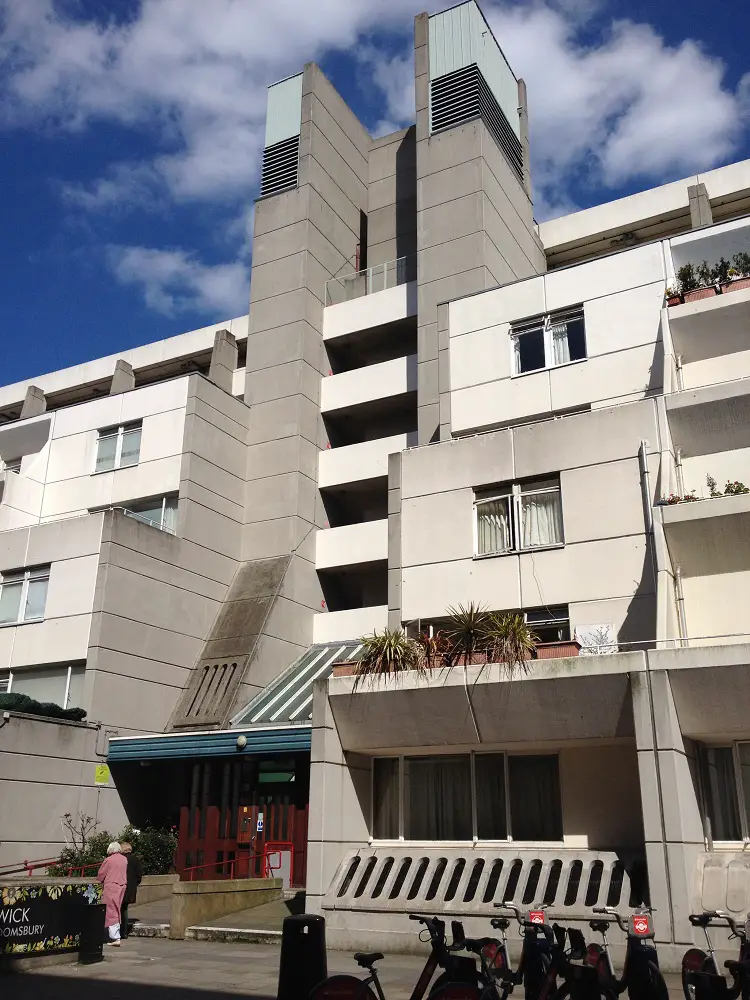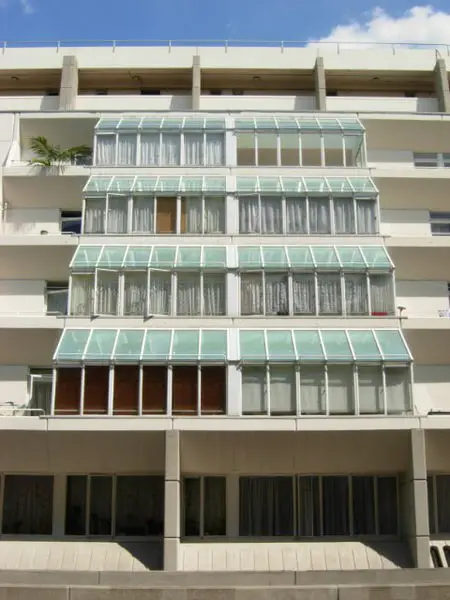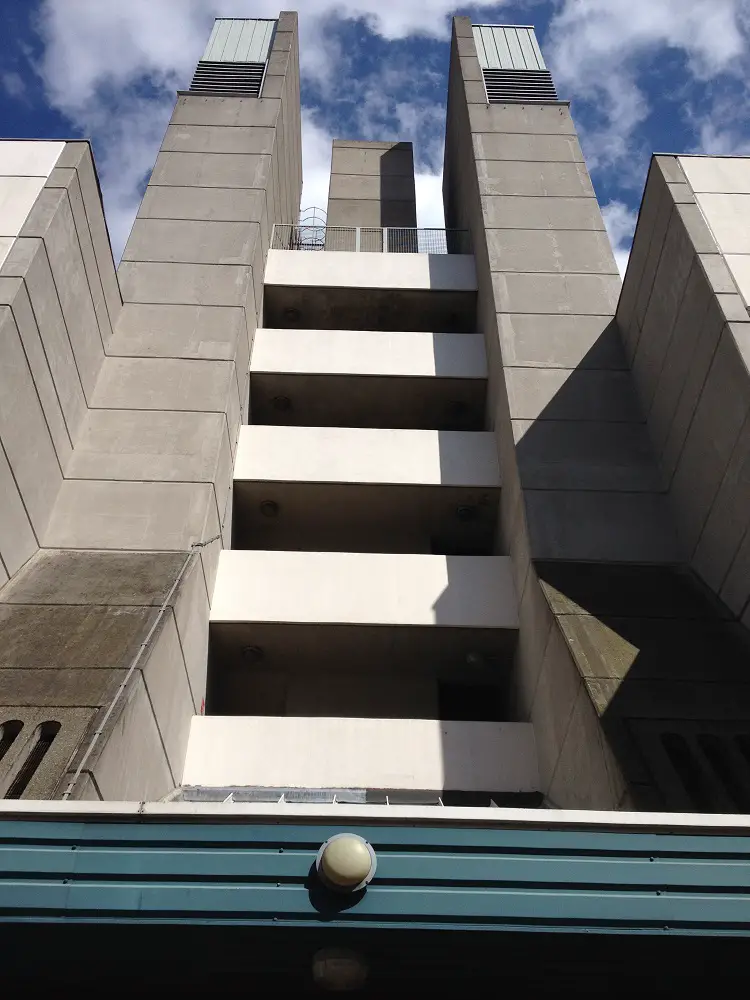Some statues mark their presence with a twist, and this is one of those: the statue of Duke of Wellington in Glasgow.
The statue is a part of the cityscape and famous with its cone on top of it.

The statue was erected in 1844. So, the story goes back some time. Not a definite one though. It is not certain when the cone had first been placed. But, one day, people of Glasgow woke up with the scene that an equestrian statue of a mighty Duke appeared to have a traffic cone on its head.
The statue was listed one of the top ten most bizarre monuments on Earth by Lonely Planet (inews). Clearly, it is loved by the public and tourists since it has many appearances like a replica of the statue erected in the opening ceremony of Glasgow’s 2014 Commonwealth Games. Lovely, isn’t it?
Despite the statue’s popularity due to the cone, the cone has been removed several times and put back. The council even passed some plans to end this tradition by raising the height so people cannot climb to put the cone back. The plans were backfired, for obvious reasons. Why would it be another boring man with a horse statue? Who does not like a Duke with a traffic cone?
The council had said that raising the height would end a practice which projected a “depressing image” of Glasgow and would save the £10,000 cost of removing the cone 100 times a year. The scheme would have seen a new granite-clad concrete base of 86cm (34in) added to the memorial to raise its overall height.
However, the council has reconsidered its decision after an online petition called “Save Wellington’s Cone”, which gathered thousands of signatories in just a few hours, and a Facebook campaign which had planned a rally in support of the cone.
A council spokesman said: “The wording of the report was appalling and the leader of the council (Gordon Matheson) has instructed officers to withdraw the planning application.” (BBC)
Also, as the campaigners state “The cone on Wellington’s head is an iconic part of Glasgow’s heritage, and means far more to the people of Glasgow and to visitors than Wellington himself ever has.” (BBC). Besides, in the campaign, there are a few good points which may affect the council’s decision such as “does anyone really think that a raised plinth will deter drunk Glaswegians?” Well, I agree with that!
Among other things, there is one point that we are not quite sure: What would Duke Wellington think about this?
Luckily, we have historians! According to inews, historian Dudley-Edwards argues that “Wellington himself would have been amused by the practice and embodied the ‘keep it coney’ ethos” since “He liked to keep it real”.
At the end of the day, the duke with a cone is a Rabelaisian act against mightiness of equestrian figures. The equestrian figures are usually associated with power and glorification of a person. The cone, on the other hand, turns the statue into a human being again.
Even better, there is a second twist in this story, the statue is located right in front of the Gallery of Modern Art. Yes, that is right. There is a classical equestrian statue right in front of a modern art gallery and it has a cone on the top of its head!
Bonus: A rare shot of the statue without a cone, but with a seagull!

(Image Credit: inews / eveningtimes.co.uk)
